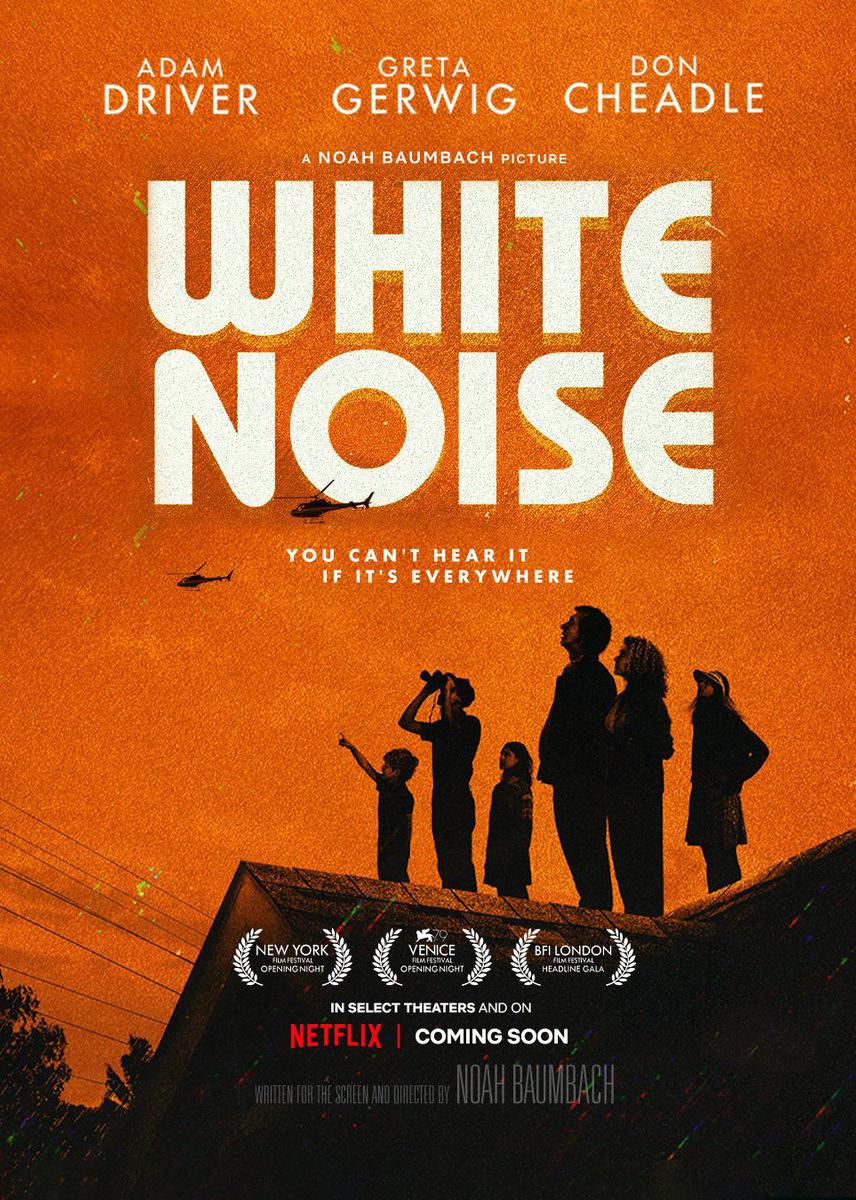
6 minute read
Shing wins second straight PBC player of the week
Christian Castillo
Staff Writer
Advertisement
The women’s tennis team is off to a great start to the season with a record of 5-1. The Bobcats started the season 2-0 with dominant wins over Emmanuel and Valdosta State. In both of these early season conference clashes, sophomore Sofia Shing produced player-of-theweek performances.
Shing, from Auck- land, Australia, arrived at GC in Fall 2021 and immediately shined. She holds a career record of 48-25 for the Bobcats, including a spectacular 15-4 record last season.
Shing holds a doubles record of 21-12 and a singles record of 27-13.
Against Emmanuel, Shing swept both a doubles and a singles match 6-0. She won doubles 6-0 alongside teammate Shradha Ch- habra and won 6-0 in singles over Emmanuel’s Soleny Gonzalez.
Against Valdosta State, Shing went 2-0 again, with wins in both a doubles and singles match. She won doubles 6-3 alongside the same teammate, Shradha Chhabra, and won 6-1 in singles over Valdosta State’s Natalie Kohoutkova.
Shing shared her thoughts on her performance against
Valdosta State.
“I think that I played very well,” Shing said. “It is one of the best matches I have played this season, though we have not played many matches.”
Shing attributes her success to time.
“Having more experience, as this is my second season, as well as having two fall semesters.”
Senior Emma Fleming commented on the effect Shing’s leadership has had on the team this season.
“She has had a huge impact on the team since she has gotten here and continues to grow into a great player and great leader,” Fleming said. “She creates a positive atmosphere through pushing and motivating both herself and us, her teammates.”
Shing said she planned to keep playing at this level by “playing with confidence and inten- sity while using what I learned from last season.”
There is no doubt that the team is playing extremely well right now, and Shing is a dangerous asset on the court.
The Bobcats are looking extremely strong during early season, non- conference play and will look to keep doing so.
Brit Awards
Continued from page 1
“I was on album cycle, and I had a No. 1 album, so yeah, there’s many of us,” Charli XCX said. “We’re doing everything right. I don’t think it’s our fault. I think it might be theirs.”
Upon accepting his Artist of the Year award, Styles acknowledged the situation by paying tribute to several British female artists.
“I’m really, really grateful for this, and I’m very aware of my privilege up here tonight,” Styles said. “So, this award is for Rina [Sawayama], Charli [XCX], Florence [Welch], Mabel and Becky [Hill].”
According to “The Guardian,” 60% of the BRIT Awards’ winners were male.
Earlier this year, Styles made a controversial statement at the 2023
Grammys during his acceptance speech for the highest honor of the night, Album of the Year.
“This doesn’t happen to people like me very often,” Styles said.
This caused an uproar of backlash since Styles is a cisgender, white male from England who has already achieved vast success spanning over a decade.
When asking GC students and staff their thoughts on the situation and how the BRIT Awards should have been handled, many had similar opinions.
“I think if you keep it separate, then women actually get a chance to be seen,” said Annabel Hirst, freshman world languages and culture major. “If you have them all as one, women aren’t heard. It’s just men that are nominated, which I don’t think is fair, but I can see why they wanted it to be all-inclusive.”
“It takes a lot more than just making a category neutral to make that category genuinely inclusive of women and nonbinary people,” said Sabrina Hom, a philosophy professor at GC and coordinator of GC’s Department of Women’s and Gender Studies. “The norm is gender is male, and race is white, and cisgender and equal body — all of these things. In terms of our social imagination, it’s treated as the norm and then also becomes the standard of a great performance.”
Further, Hom believes it is important to recognize — and address — the ways in which society’s predominant presentations of gender and race influence our cultural understanding of “great” art.
“There’s a lot that needs to be done to rethink what great performances and great films and great albums and great music look like — not only in terms of gender, but also race,” Hom said.
“I think just saying, ‘Hey, we have a gender-neutral category. Gender doesn’t matter anymore.’ — obvious- ly, that’s not true,” Hom said. “This idea that we’ll just take the label off it, and then it’ll really be equal, then it’ll be an equal playing field — that’s not reality. So, there has to be an engagement with that fact, and there
Cale’s cinema critiques: “White Noise”

Did a movie predict the East Palestine train derailment?
Cale
Strickland
Managing Editor
When I made the 45-minute drive from my middle-of-nowhere hometown, Loganville, Georgia, into the Atlanta Perimeter to see Noah Baumbach’s adaptation of Don DeLillo’s 1985 classic, “White Noise,” back in December, I could not have imagined real-life headlines mirroring the film’s farfetched plot. Yet, just two months later, here we are. The Norfolk Southern train derailment in East Palestine, Ohio — where sections of “White Noise” were filmed — has produced a plight on-par with “The Airborne Toxic Event,” the fulcrum of DeLillo’s timeless tale.
In its second act, a train hauling hazardous chemicals derails, forming a fuming cloud of noxious gas and forcing the residents of fictional town Blacksmith, Ohio, to evacuate. As the prospect of smallscale societal collapse looms large, DeLillo’s materialistic melancholia shifts from domestic despair to mobile mania.
Baumbach’s film follows Jack Gladney, played by Adam Driver, a professor of “Hitler studies” — an academic discipline he devel- oped himself — at the College-on-the-Hill, an idyllic small-town university. His wife, Babette Gladney, played by Greta Gerwig, is a stay-at-home mother who spends her evenings leading a — wait for it — posture-correcting course for the elderly.
The peculiar details of the Gladneys’ dayto-day lives are just the tip of DeLillo’s absurdist iceberg. Each of the story’s characters speaks in ideas, not words and sentences. Every line of dialogue in Baumbach’s script is managed and overwritten, stamping out any semblance of human conversation.
Driver and Gerwig’s performances are fueled by wacky, wide-eyed, capital-‘A’ acting. It is, essentially, two hours and change of Driver, Gerwig and Don Cheadle, who plays Murray Siskind, one of Jack’s fellow professors, bemoaning society’s commodification of every aspect of our lives.
For instance, the film’s final scene, which serves as its thesis statement, features the Gladneys — and, seemingly, every other family in Blacksmith — dancing up and down the aisles of the town’s supermarket. As
— Oscar-nominated — original song plays, we see the store’s patrons fascinated by fresh fruit, filling carts with bland boxes of cookies and crackers, and walking, in single file, with impassioned strides.
I have been in the bag for Baumbach for a minute. His second-to-last feature film, 2019’s “Marriage Story,” is — probably — my favorite film from that year. I only say, “Probably,” because of Ari Aster’s “Midsommar.” Regardless, “Frances Ha” is one of my favorite films of all-time. Baumbach’s films often focus on aspirant eastcoast creatives riddled with crippling neuroticism; the shoe fits. Although “White Noise” might, on first glance, appear to be a detour from his past projects, it is the manifestation of all of the feelings he has been after throughout his entire career — to the nth degree.
With those ideas comes some of the strongest filmmaking of his career. Baumbach has never been afforded a budget this big before. Even as a long-time fan, I did not know he had this — true-blue Spielbergian spectacle — in him. Some of the second-act set pieces he is able to put together — a scene involving a traffic jam in the aftermath of “The Airborne Toxic Event,” in particular — are breathtaking.
Yet, by the time the film hits the two-hour mark, what Baumbach is after — some sort of melding of the big-budget, candy-colored spectacle of ‘80s blockbuster filmmaking and an anxiety-fueled, heady confrontation of Reagan-era consumerism — starts to exceed his grasp. Its third act takes a hard left turn into nightmarish neo- noir — à la Paul Thomas Anderson’s “Inherent Vice,” which, in many ways, seems to be a sister film of “White Noise” — and the seams start to show a little bit. It starts to drift from a cohesive narrative to more of a psychedelic dreamscape for Baumbach’s — and, of course, DeLillo’s — fears of and frustrations with late-stage capitalism to roam without rein.
All in all, it might be a bit much for the poor soul who decides to fire up “White Noise” after has to be a willingness to figure out what it means.” seeing it showcased on the Netflix homepage. Actually, it definitely is; it has a Rotten Tomatoes Audience Score of — oh, yikes — 31%.
As reported by “Euronews.com,” organizers of the BRIT Awards have planned to reevaluate the gender-neutral categories in their annual post-show review.
Nevertheless, despite all of the film’s messy, shaggy trappings, I found myself moved by the — rapidly — beating heart at its core. I have no idea how Baumbach managed to convince one of the biggest corporations in entertainment to give him $100 million to make it, but I am glad it happened.










